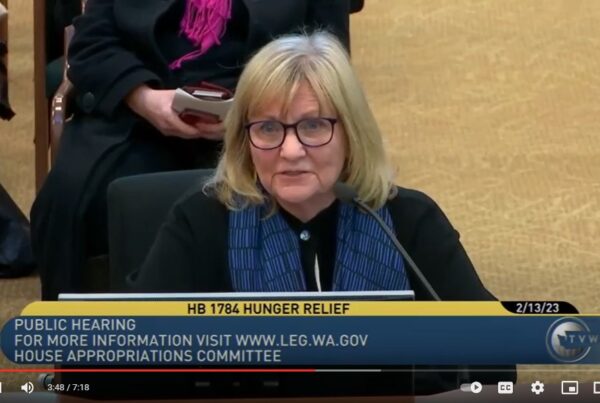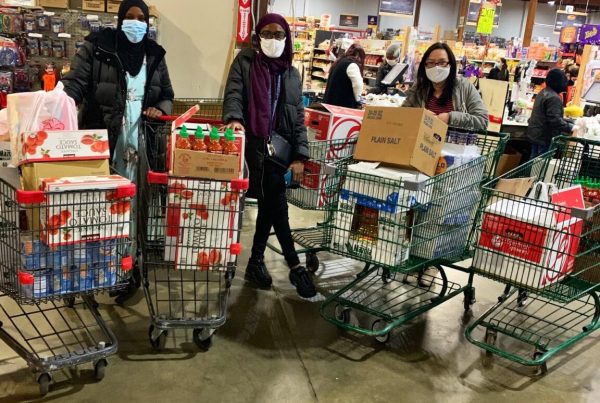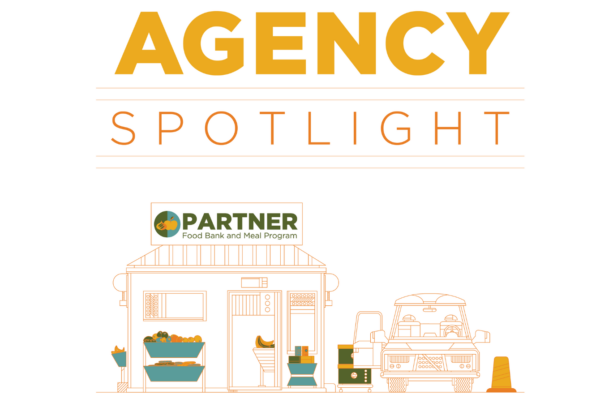
As a food bank network, we have to ensure the food we receive and distribute is safe for people to eat, which involves maintaining a cold chain, inspecting distribution sites, and managing product recalls that affect Western Washington.
Last October, Food Lifeline staff tested our system with a mock recall. We invited Lester Yuh from the West Seattle Food Bank to participate and provide us with an agency perspective.
For the mock recall we distributed frozen and fresh spinach that was part of a voluntary product recall. A few months later, we had a real opportunity to test our recall process when distributions of ground beef were recalled by the manufacturer. We followed our recall process, identified the product, and notified affected agencies.
Food Lifeline’s recall process looks like this:
- We receive recall notices from verified sources.
- We share all recalls for food distributed in Western Washington with the network.
- Our inventory management team reviews our inventory within two hours.
- If we find recalled product in our system, we remove it from our online ordering system Agency Express right away.
- Our Agency Relations team notifies any agencies who already received the product.
It’s important to note that we send out recall notices for all product distributed to Western Washington, whether Food Lifeline received the product or not, just in case you received the product from other sources like a grocery store, food drive, or other donation source. We recommend you check your inventory whenever you receive a recall notice.
The mock recall gave us the chance to review our processes and confirm we have the needed Standard Operating Procedures in place. We learned from Lester how useful it is for his agency to receive recall notices. We plan to hold another mock recall this year to continue to practice this important process.
Here are five things agencies and clients should know about food safety:
1. Wash hands with soap and water
Wet hands with clean running water and apply soap. Use warm water if it’s available. Rub hands together to make a lather and scrub all parts of the hand for 20 seconds. Rinse hands thoroughly and dry using a clean paper towel. If possible, use a paper towel to turn off the faucet.
2. Sanitize surfaces
Wash all surfaces with hot, soapy water. Sanitize surfaces with a solution of 1 tablespoon of unscented liquid chlorine bleach per 1 gallon of water.
3. Clean sweep refrigerated foods once per week
At least once per week, throw out refrigerated foods that are no longer safe to eat. Discard cooked leftovers after four days; raw poultry and ground meats are good only for one to two days.
4. Keep appliances clean
Clean the inside and the outside of appliances. Pay particular attention to buttons and handles where cross-contamination to hands can occur.
5. Rinse produce
Rinse fresh vegetables and fruits under running water right before eating, cutting, or cooking. Even if you plan to peel or cut the produce before eating, you should still rinse it first to prevent microbes from transferring from the outside to the inside of the produce.
We would be happy to share more information or help you set up a mock recall at your location. If you have any questions about food safety or would like more information, please contact us at agencyrelations@foodlifeline.org.







